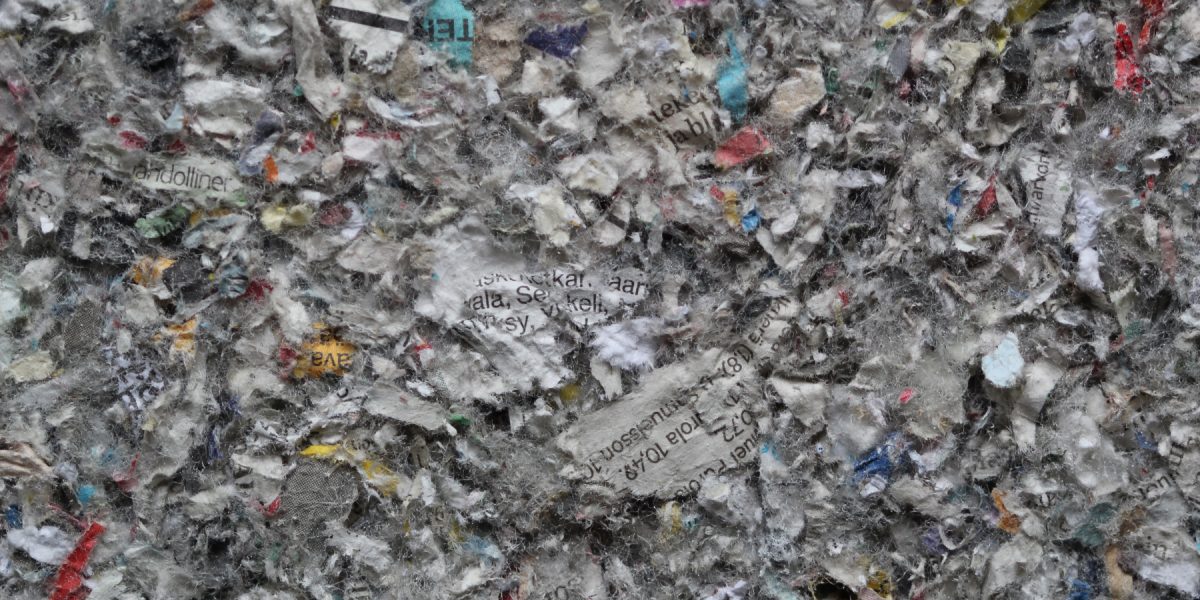Paper

Paper Recycling
Paper is recyclable and can even be compostable if it is not contaminated by glossy coatings, liquids or toxic inks.
Recycling infrastructure for paper is globally available and the market for recycled paper goods continues to grow with the aid of consumer demand and policy requirements. While paper can only be recycled a limited number of times, new products can be made out of 100% recycled paper without any addition of virgin material. Paper has a limited number of lives because the length of the fibers in paper becomes shorter with each life cycle, when the fibers are too short, the material has a degraded quality. For example, printer paper can be recycled 5-7 times (Nat Geo). When paper is collected for recycling, it is transported to a paper mill where it is shredded and pulped to then create dry sheets of paper (Green Tumble).
The Cost of Paper
Although a common alternative for single-use plastic items, paper is a significant contributor to waste worldwide and the consequences of extraction of virgin resources to create paper cannot be ignored. The paper industry fuels deforestation, which in turn steals land from Indigenous communities (Chile, Indonesia case studies), releases significant greenhouse gas emissions, and requires resource-intensive production processes to create paper itself. Pulp and paper mills also use hazardous chemicals that pose cancer risks to workers and surrounding communities (NIH).
Paper consumption is already at unsustainable levels and continues to increase globally each year, exceeding 400 million metric tons in 2018 (Environmental Paper Network). Additionally, lack of conformity on recycled paper products further confuses the market. Printing and writing paper has a global average of only 8% recycled content, even though there is opportunity to create these products from 100% recycled materials (Environmental Paper Network).
Facts:
Global paper and cardboard recycling rate in 2020 was 66% (AF&PA).
Sourcing recycled paper reduces the related contribution to air pollution by 95% (Recycle Across America).
U.S. paper manufacturers use about six gallons of water to make a pound of paper, according to the American Forest and Paper Association (Sierra Club).
Each ton (2000 pounds) of recycled paper can save 17 trees, 380 gallons of oil, three cubic yards of landfill space, 4000 kilowatts of energy, and 7000 gallons of water. This represents a 64% energy savings, a 58% water savings, and 60 pounds less of air pollution! (USI)
Summary
Although recycling is an available option and promoting the recycled paper market will reduce reliance on virgin resource extraction, first reducing the amount of paper we use on a daily basis must be the priority.
Tips:
Check how your recycling needs to be collected, and separate out paper from other materials if needed.
If paper gets wet, that will jeopardize its ability to be recycled.
